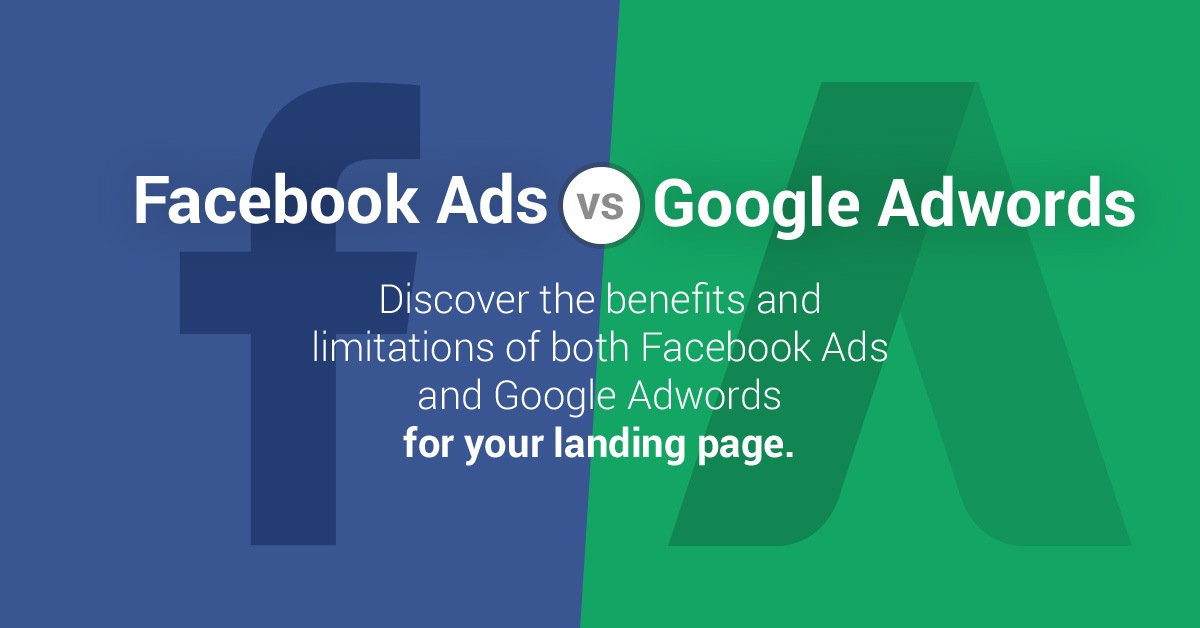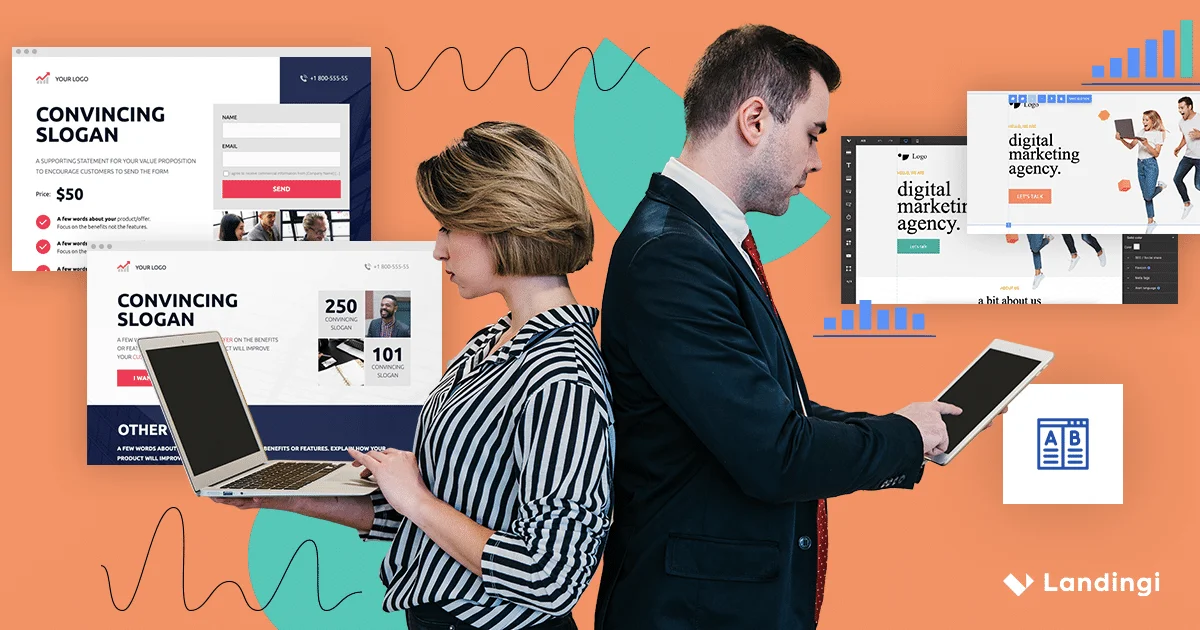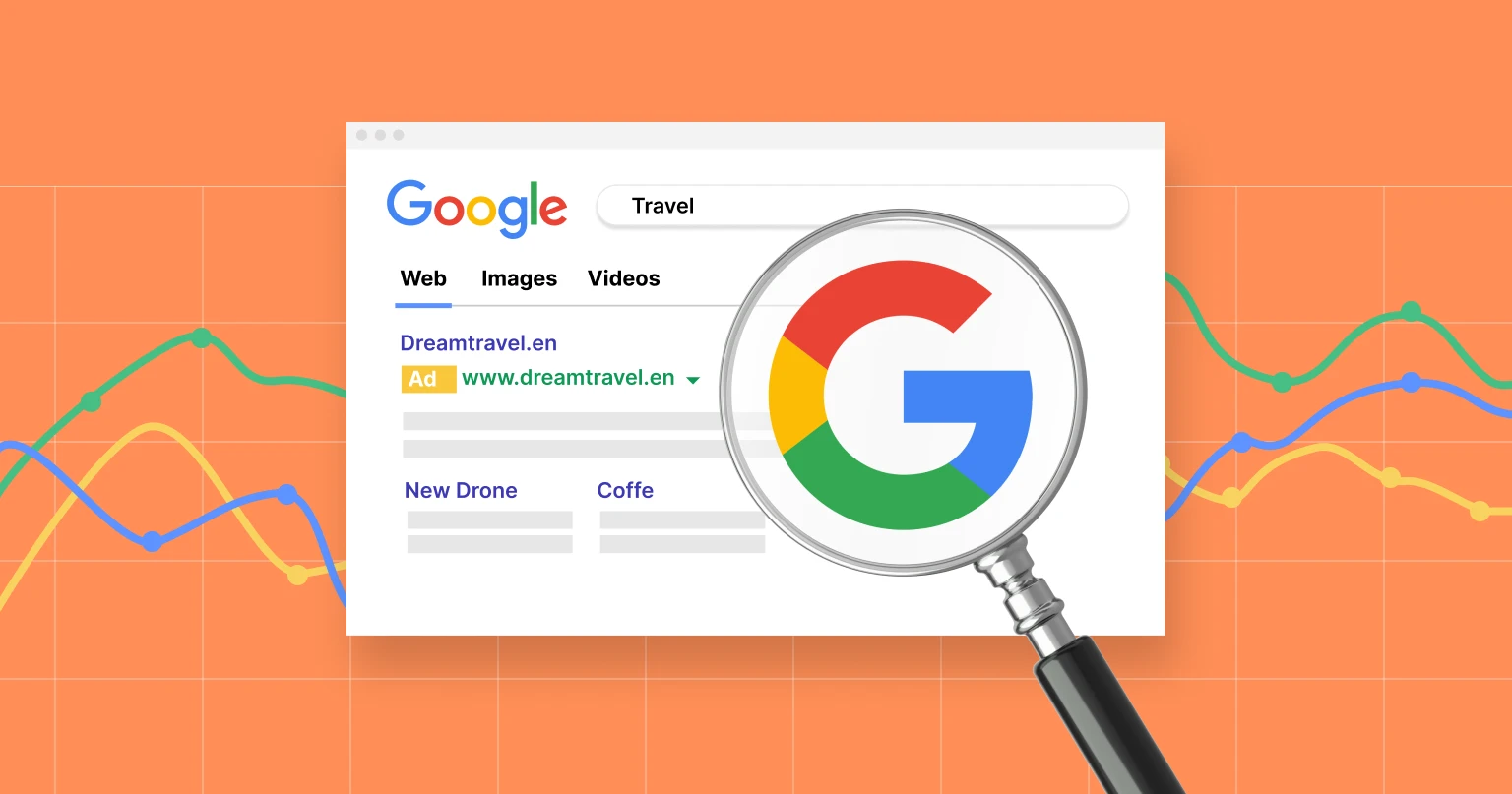Will the real PPC search provider please stand up??

It is no small secret that the ever enduring question of the digital age for both marketers and business owners alike is whether to select Google Adwords or Facebook Ads when engaging in PPC advertising campaigns. Putting aside organic search and referral traffic for a digital age moment, today’s industry leaders continue to scratch their heads when faced with the proposition of investing time, energy, and potential ROI resources into either:
- The digital age’s leading global search engine that processes an average of over 40,000 searches every second (i.e. Google), or
- The digital age’s leading social media network that is currently visited by 1.13 billion daily active users (i.e. Facebook).
Yet, before we get into the nitty-gritty of the fight that never ends (i.e. the marketing version of the Rocky Balboa series), let’s quickly review “the why” behind pay-per-click advertising. To begin, we should remember that PPC ads and their traffic, as opposed to organic and referral traffic, tend to have one singular goal – conversion.
Although 45.5% of the population cannot identify the difference between PPC and non-PPC ads, pay-per-click ads are unique in their ability to stimulate action in what are referred to as the “bottom of the funnel” consumers. A recent study by WordStream highlighted this exact point, revealing that when it comes to commercial intent keyword searches, 64.6% of clicks are allocated to Google Adwords PPC ads. This is almost a 2:1 margin over organic links!
In plain english, these statistics essentially mean that PPC ads are more likely to yield users with high “purchase intent,” and that the probability of actual conversion with PPC ads is noticeably higher than it is with organic or referral traffic. Yet, we must also understand that there exists a rather accurate perception that PPC ad campaigns are so specific in their targeting, that they are actually detrimental to potential campaign reach. Therefore, returning to our original question, which PPC search provider should business owners and marketers select in order to help build their “value narrative?”
Google Adwords or Facebook Ads?
In order to help reach a conclusion, let’s take a look at some of the most important points of reference for both.
#1 Targeting With Facebook Ads

Understanding that efficient and appropriate targeting is one of the most important aspects of any PPC ad campaign, it is a logical point of comparison with which to start our review. Beginning with Facebook Ads, we find a wide range of targeting filters that 400 million advertisers use to focus on target market segmentation. These filters include:
- Purchase Behavior: With the 2013 partnership of Facebook and Acxiom (a database marketer with information on over 500 million active consumers), advertisers now have the power to use Facebook’s immense reach to target ideal consumer segments via purchasing behaviors. Potential subcategories to purchasing behaviors include Buyer Profiles, Clothing, Food & Drink, Health & Beauty, and many more. Further enhancing targeting, each subcategory breaks down further into specific types of behavior (i.e. Buyer Profiles will present you with options for DIYers, Foodies, etc.). As the icing on the cake, Facebook even shows you how many user profiles are available for target within each subcategory.
- Life Event Targeting: Marketing in the digital age is all about the “experience.” Fully aware of this, Facebook now offers the ability to target individuals based on life events. Wedding Planners, for example, clearly want to be put in touch with those Millennials who are planning a wedding and preparing for that next important step in life. Insurance companies, as another example, want to be aware of those individuals preparing to purchase a new home or a new car. With Facebook, businesses can now market to these individuals while selecting a specific time frame/interval in which to do so (i.e. “Newly Engaged within 3 Months”).
- Custom Audiences: Moving on to some advanced features, Custom Audiences allow marketers to connect Facebook to their existing contact lists. This act of socially connecting with those individuals already using a product or service is a great way to increase long-term value and brand recognition, while also reinforcing loyalty. Custom Audiences are formed by importing or uploading to Facebook existing lists of customer phone numbers (for apps), and e-mail lists (for desktop). Custom lists can also be created by monitoring webpage visitors, or by selecting those individuals who have taken a specific action within the application itself. These lists can be further broken down via the targeting techniques already mentioned above (i.e. demographics), in order to create a hyper-focused and high powered targeting campaign.
- Lookalike Audiences: Another advanced option is Lookalike Audiences. After you have created your Custom Audience, Lookalike Audiences allow marketers to create a “mirror” list of the audiences that you have already created. This means that Facebook gives marketers an easy to use option for moving beyond those consumers who have already brought digital age success, and allows for the targeting of other potential consumers who share similar attributes. Just like Custom Audiences, Lookalike Audiences can then be broken down or expanded upon based on a wide range of demographic indicators.
- Layered Targeting: Multi-level targeting is where Facebook truly shines. Layered Targeting allows marketers to use all of the above targeting options in combination with one another in order to create the exact targeting campaign that is desired. Also known as “hyper-targeting,” this capability means that it is theoretically possible to reduce your target market to as little as one specific person. Depending on how specialized or unique your product is, you will always be able to find a target market with Facebook Ads.
#2 Targeting With Google Adwords

As we just reviewed, the PPC targeting options available with Facebook Ads are diverse and plentiful. What about Google Adwords?
Well, while Adwords grants its users the ability to show ads based on user preferences, as a platform, it doesn’t have access to the highly detailed social data that Facebook does. Adwords doesn’t know when users “like” relevant life stage posts, and it cannot “see” valuable user profile data. With Google Adwords, ad relevance largely depends on the search terms that are being used. This means that while Google may have an advantage due to the sheer breadth of its data exposure, its hyper targeting options are limited.
Some of its main Adwords targeting devices include:
- Keyword Targeting: As the bread and butter of Google Adwords, users have the ability to select any imaginable combination of keywords in order to have their ad appear when the specific terms in question are searched. Available on both Google search and partner sites, keyword targeting has several useful sub-options that can be employed (also known as “match types”). Match types include broad matches (i.e. anything using the word or words in the keyword), phrase matches (i.e. anything using the exact phrase), and negative matches (i.e. searches that do not include the keyword). To cover all its bases, Google Adwords also includes potential variations of the selected keywords (such as typical misspellings).
- Location Targeting: This type of targeting allows PPC ads to be shown on the basis of geographic location. On a broad level, marketers can exclude specific areas, such as countries and regions, in order to further enhance targeting. On a more narrow level, Adwords also allows marketers to focus on highly detailed location information, such as state, province, city, zip code, and even voting district. Another great tactic is selecting the “nearby” option in order to create a buffer zone around the desired location. This ensures that potential consumers on the fringe of the selected zone will still be included.
- Audience Targeting: As close to Facebook targeting as you can get with Adwords, audience targeting allows marketers to build lists that will target specific individuals. These lists can include individuals who have previously visited a website (i.e. tracking via cookies), users who are part of an affinity audience, and specific interests as tracked by Google.
- Language Targeting: Allows marketers to include or exclude languages from searches. For example, given that the default language for North American searches is English, marketers can choose to exclude Spanish language searches, or other applicable languages such as French Canadian. Marketers can also focus their attention on specific geographic regions. For example, Asian Pacific businesses can limit their searches to only languages spoken predominantly in that region.
- Device Targeting: Increasingly useful with the rise of smart device proliferation, device targeting allows marketers to assign ads to specific devices. Options include PCs, smartphones, tablets, and laptops. The selection option can be combined with location targeting to allow marketers to target smartphones (or other devices) from a specific country, state, region, etc.

#3 Cost-Per-Click
While the targeting options for both platforms differ slightly in regards to the details, one area of significant divergence is with the cost-per-click of each platform. With Google Adwords, advertisers can spend more than $100 per click (often directly dependent upon on how competitive the selected industry is), and the bills can quickly accumulate. Facebook, on the other hand, provides marketers with cost effective rates going as low as $0.16 per click.
While Facebook’s CPC is generally lower, something important to keep in mind as a measurement for cost effectiveness is the cost-per-acquisition (CPA), and the conversion rate. For example, let’s say that that the cost-per-click is five times less on Facebook ($5.00 compared to $25.00), but Adwords is capable of converting at a rate that is 10 times higher. This would mean that the cost-per-acquisition on Adwords is $50, while the cost-per-acquisition on Facebook is actually $250. Therefore, even though you potentially pay less per-click with Facebook, Adwords would be more cost effective when measuring cost-per-acquisition.
An important question that marketers often ask is, “Why the difference in initial cost?” This is because Google, unlike Facebook, is not only aware of the products that are sold online, but it is also aware how many people search for those products, how many ad positions are occupied, and how many are available. It is the basic notion of supply and demand, and it is for this reason that competitive industries tend to have a higher cost-per-click. Facebook, on the other hand, while understanding when there is a general “interest” in a product, does not have access to the data required to fully comprehend what is necessary to make a sale.
This also means that while Facebook Ads are cheaper to begin with, the price-per-click can actually increase as an ad campaign grows and acquires more performance measurables. This is an important factor to understand when weighing the financial costs/benefits of both.
#4 Brand Equity

An important, but often overlooked goal for digital age advertising is the notion of brand equity. While it is true that marketers absolutely desire to achieve a consumer conversion in the short-term, proper marketing should also focus on building long-term consumer loyalty. It is here, with brand equity, where we really see a significant difference between Google Adwords and Facebook Ads.
Adwords focuses on what we can call the traditional path of the consumer value narrative. That is to say, when potential consumers click on a PPC ad, they are then taken directly to a company’s landing page, and it is here that compelling copy, design, and product information do their part to foster consumer loyalty. It is also within this landing page where consumers may feel obligated to question product claims, testimonials, and the overall sales agenda of the brand in question. Google takes this into account, and may actually lower a website ranking if visitors leave too quickly.
Turning to Facebook Ads, we see several strong brand equity attributes that are not present with Google Adwords. These include social proof and word-of-mouth marketing. Potential consumers are more likely to respond positively to PPC ads when they see that their trusted friends and family members have already approved of a company’s product and brand message. With Facebook Ads, users are exposed to this notion of peer review on a more frequent basis, allowing companies to build significant amounts of brand equity before the make or break culmination of a landing page arrival.
This idea of “keeping the conversation going” is an important aspect of digital (and social) marketing that is not to be overlooked when considering PPC search provider options.
And The Winner Is…
From brand equity, to cost efficiency, to targeting methods, there appears to be both significant and subtle differences between today’s two kings of PPC advertising. While other important impact factors exist when it comes to both Google Adwords and Facebook Ads (i.e. mobile performance), the categories we reviewed above can go a long way in helping determine which PPC search provider is best for you. While Google Adwords appears to be the go-to-option for immediate and efficient sales, it is hard to rival Facebook Ads when it comes to brand awareness and lead generation.
For us, it is a close call, and not one that we can make for you. Therefore, we leave you with a list of the objective pros and cons of both, to help you decide which PPC search provider is best for you, your brand, and your future ROI…
- Easy targeting and tracking
- Social traffic
- Control over daily budget
- User friendly
- Cost effective (in the short-term)
Facebook Ads Cons:
- More costly with time
- Potentially irrelevant audiences
- Better suited for B2C markets
- No time-specific targeting
Google Adwords Pros:
- Enhanced analytical/measuring tools
- Deep data access
- Time specific targeting
- Large potential audience (i.e. Google’s vast reach)
Google Adwords Cons:
- Time-consuming, not user-friendly
- Expensive CPC (depending on industry)
- Limited social targeting
- Lack of social / multimedia functionality
- Limited ability to build brand equity







